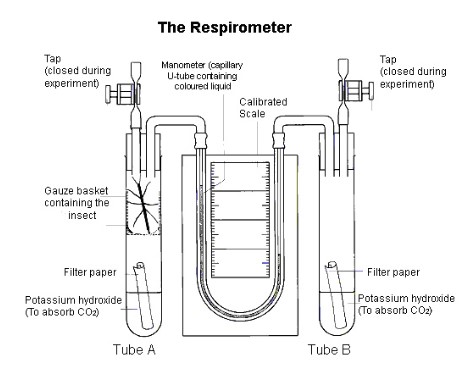Topic : 2 Molecular Biology
2.8 Cell respiration
Reasons for cell respiration
- Organic compounds from the food we eat such as glucose contain stored energy within their covalent bonds.
- All living organisms carry out cell respiration in order to convert stored energy into a form that can be used by the cell.
- When organic molecules are broken down, the energy formed is eventually stored in a high energy molecule called ATP.
- Cell respiration is the controlled release of energy from organic compounds in cells to produce ATP.
Anaerobic respiration
- Alcohol fermentation (for yeasts and plants): pyruvate
 ethanol + \(CO_2\)
ethanol + \(CO_2\) - Application: make breads, make alcohol, make biofuel (using yeast to break sugar cane to make ethanol; cellulose and starch is broken into sugar by enzymes)
- Lactic acid fermentation (for human and some bacteria): pyruvate
 lactic acid
lactic acid - Application: lactic acid bacteria make yogurts
- Glucose (6C) is broken down into 2 pyruvate (3C) in the cytoplasm by the process of glycolysis.
- There is a net gain of 2 ATP molecules.
- Glycolysis does not require oxygen.
- Anaerobic respiration (without oxygen) occurs in the cytoplasm.
- During glycolysis, glucose is converted into pyruvate with a net gain of 2 ATP.
- After glucose is converted to pyruvate, if no oxygen is available, pyruvate is further converted in tolactate or ethanol depending on the organism.
- When no oxygen is available, humans convert pyruvate into lactate (lactic acid) with no further gain of ATP.
- No \(CO_2\) is produced, because like pyruvate, lactate is also a 3 carbon molecule.
- In yeast and plants, pyruvate is converted into ethanol (2C) and carbon dioxide with no further yield of ATP.
- Ethanol and \(CO_2\) are excreted as waste products.
Aerobic respiration
- Aerobic respiration also begins with glycolysis which produces 2 pyruvate molecules per glucose.
- Aerobic respiration occurs in the mitochondria.
- Aerobic respiration is much more efficient than anaerobic respiration as the glucose molecule is fully oxidized.
- The products created in the redox reactions of the Kreb’s cycle, plus oxygen (terminal electron acceptor) will produce large quantities of ATP though oxidative phosphorylation (phosphate added to ADP to form ATP) in the ETC, with water being released.
- Overall in aerobic respiration glucose + oxygen will produce carbon dioxide + water with a large yield of ATP
- About 32-34 molecules of ATP are produced by aerobic respiration, while in anaerobic respiration, only 2 ATP molecules are produced
Summary
Net ATP Gain for anaerobic respiration: 2
Net ATP Gain for anaerobic respiration: 36

